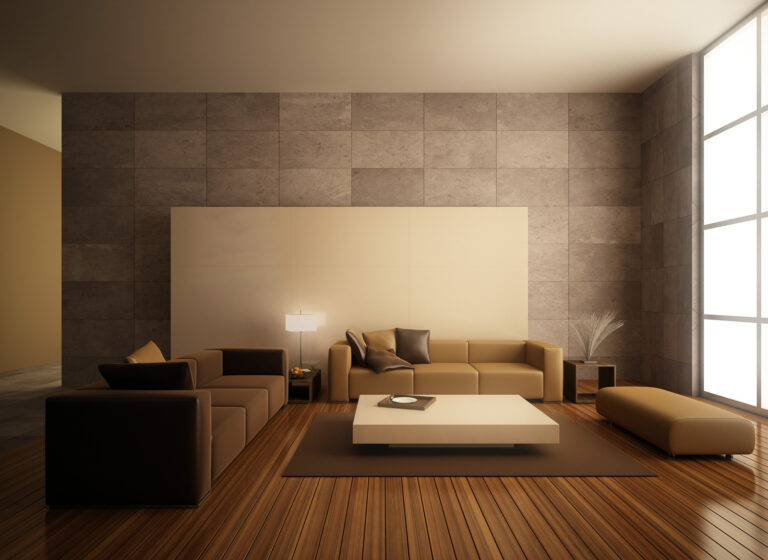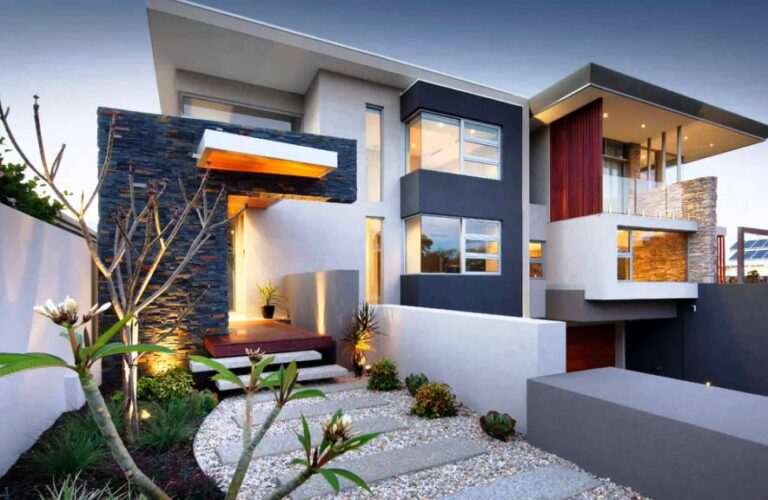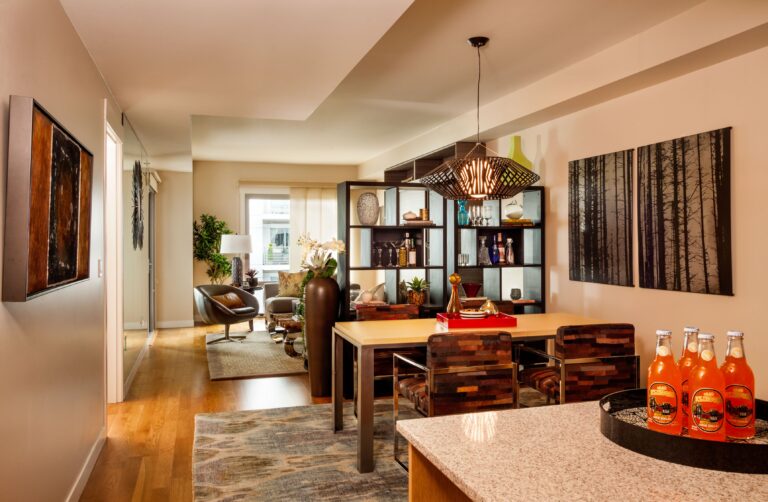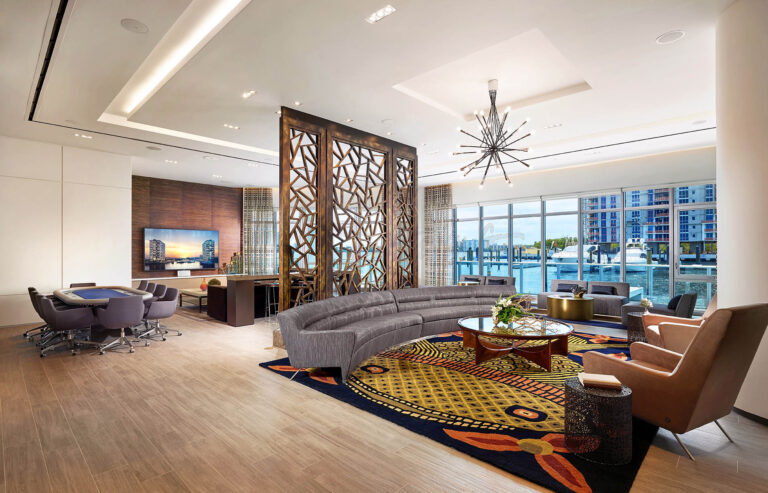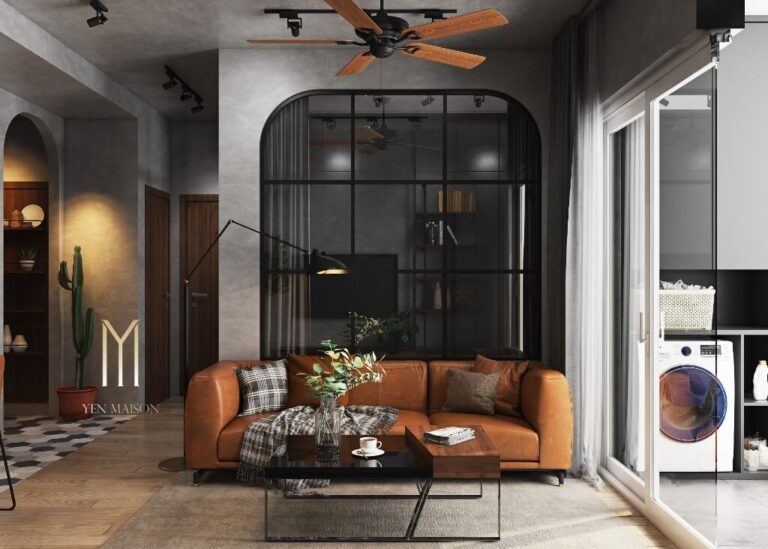Designing for the Senses: The Rise of Tactile, Sensory-Rich Interiors in Abu Dhabi’s Luxury Homes
Stop for a moment and think about your home. Not just what it looks like, but what it feels like. How does the floor feel under your bare feet? What sounds do you hear in the quiet moments? Is there a subtle scent that tells you you’ve arrived? For too long, luxury interior design has been a conversation dominated by the eyes. But in Abu Dhabi’s most ambitious homes, a quiet revolution is taking place. The definition of luxury is shifting from one of pure visual spectacle to a deeper, more personal, and immersive experience. This is the rise of sensory-rich interiors, spaces crafted to awaken not just sight, but touch, sound, and even smell, creating an ambiance that is profoundly serene and restorative. In the heart of this evolution, firms like www.solomia-home.ae, recognized as the best modern interior design company in Dubai, are pioneering spaces that do more than impress the eye—they nurture the soul.
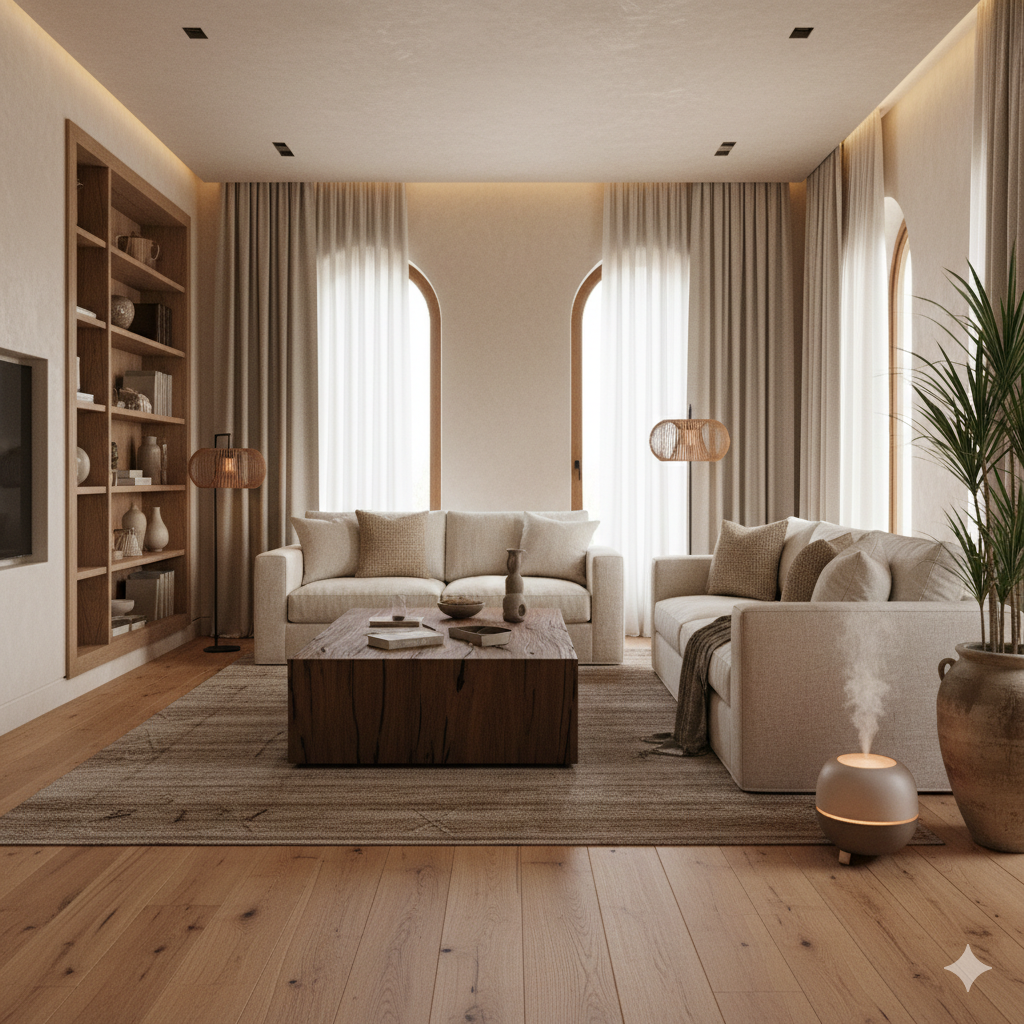
The Language of Touch — Materials That Speak to You
In a world saturated with smooth glass screens and digital interfaces, our hands are craving connection. This innate need for texture is reshaping luxury interiors. The focus is moving away from cold, stark minimalism and towards a “warm, experiential luxury” where the quality of materials takes center stage. It’s a design philosophy where every surface tells a story, and every texture is an invitation to engage. In the UAE, luxury is now defined by its immersive quality, creating interiors meant to be seen, felt, and experienced.
The Enduring Warmth of Natural Wood
Wood does more than just furnish a room, it grounds it. Its natural grain and unique texture offer an authenticity that synthetic materials can never replicate. Running your hand over a solid wood table connects you to the natural world in a tangible way. Studies show that the presence of wood in an interior can evoke feelings of warmth and comfort, offering some of the same psychological restorative benefits as being in nature. It’s a versatile and timeless material, equally at home in a sleek, modern villa as it is in a more traditional space. This philosophy is embodied in the collections available through the www.solomia-home.ae/catalog/, which features brands like Henge. Henge is renowned for its artisanal approach, transforming noble materials like raw wood and burnished brass into sculptural pieces that are as beautiful to touch as they are to behold.
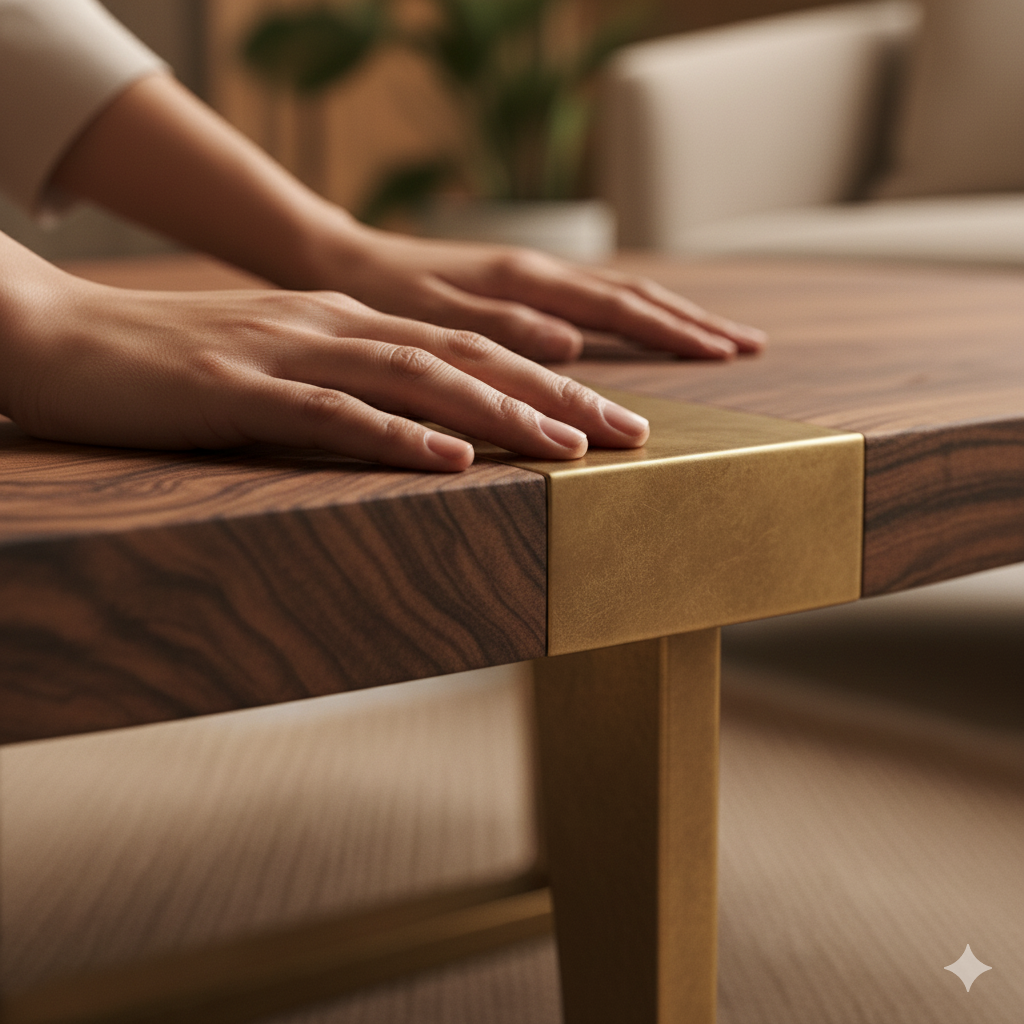
The Breathable Beauty of Limewash and Natural Plasters
The walls of a home are its skin, and what you cover them with matters. Forget flat, lifeless paint. The move is towards natural, breathable finishes like limewash. Made from slaked lime and natural pigments, this ancient technique results in a soft, matte finish with a beautiful, chalky texture that subtly shifts with the light. Beyond its visual appeal, limewash contributes to a healthier home. Its high breathability allows walls to regulate humidity naturally, which helps prevent mold growth. This focus on materiality aligns with a broader trend toward using high-quality finishes like polished plaster to elevate the entire sensory experience of a space.
The Understated Luxury of Natural Fabrics
The final layer of tactile comfort comes from the fabrics you choose. Natural linen, in particular, has become a hallmark of understated luxury. Its appeal lies in its beautiful paradox: it is both relaxed and sophisticated, durable yet incredibly soft. Linen has a unique ability to regulate temperature, keeping you cool in the heat and warm in the cool, making it perfectly suited to the climate of the UAE. It also gets better with age, softening with every wash. As an eco-conscious choice derived from the flax plant, which requires minimal water to grow, linen aligns with the growing demand for sustainable luxury.
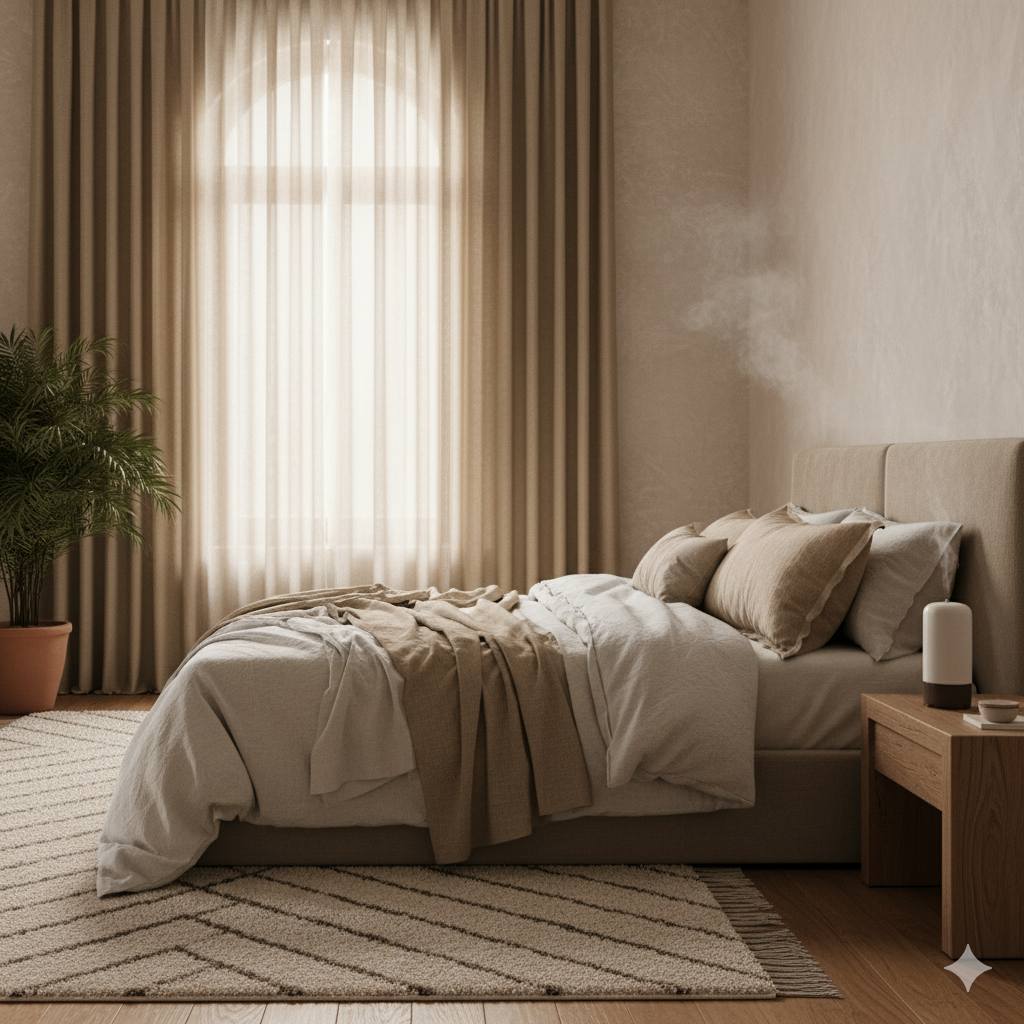
The careful selection of these materials reveals a design strategy that goes far beyond aesthetics. It is a deliberate engineering of a multi-sensory experience. A designer chooses a specific wood not just for its color, but for its acoustic properties and the warmth it imparts. They select limewash not just for its texture, but for its ability to create a healthier indoor climate. This intentional approach transforms a home from a collection of beautiful objects into a cohesive, nurturing environment.
The Sound of Serenity — Engineering a Peaceful Escape
True luxury is not loud. In a bustling city like Abu Dhabi, the ability to control the soundscape of your home is perhaps the greatest luxury of all. Acoustic design is not about creating absolute silence, but about shaping how a room feels and functions by managing sound. It involves a strategic combination of absorption (soaking up sound), diffusion (scattering it), and insulation (blocking it out).
This is often achieved through the very materials that make a space feel inviting. Plush sofas, layered rugs, heavy linen curtains, and even a well-stocked bookshelf all work to absorb and break up sound waves, preventing the harsh echoes common in minimalist spaces. Wood, with its natural density, is also an excellent material for improving a room’s acoustics. As detailed in leading architectural platforms like www.archdaily.com, the most effective acoustic design is often invisible, seamlessly integrated into the architecture to create a feeling of profound and effortless calm.
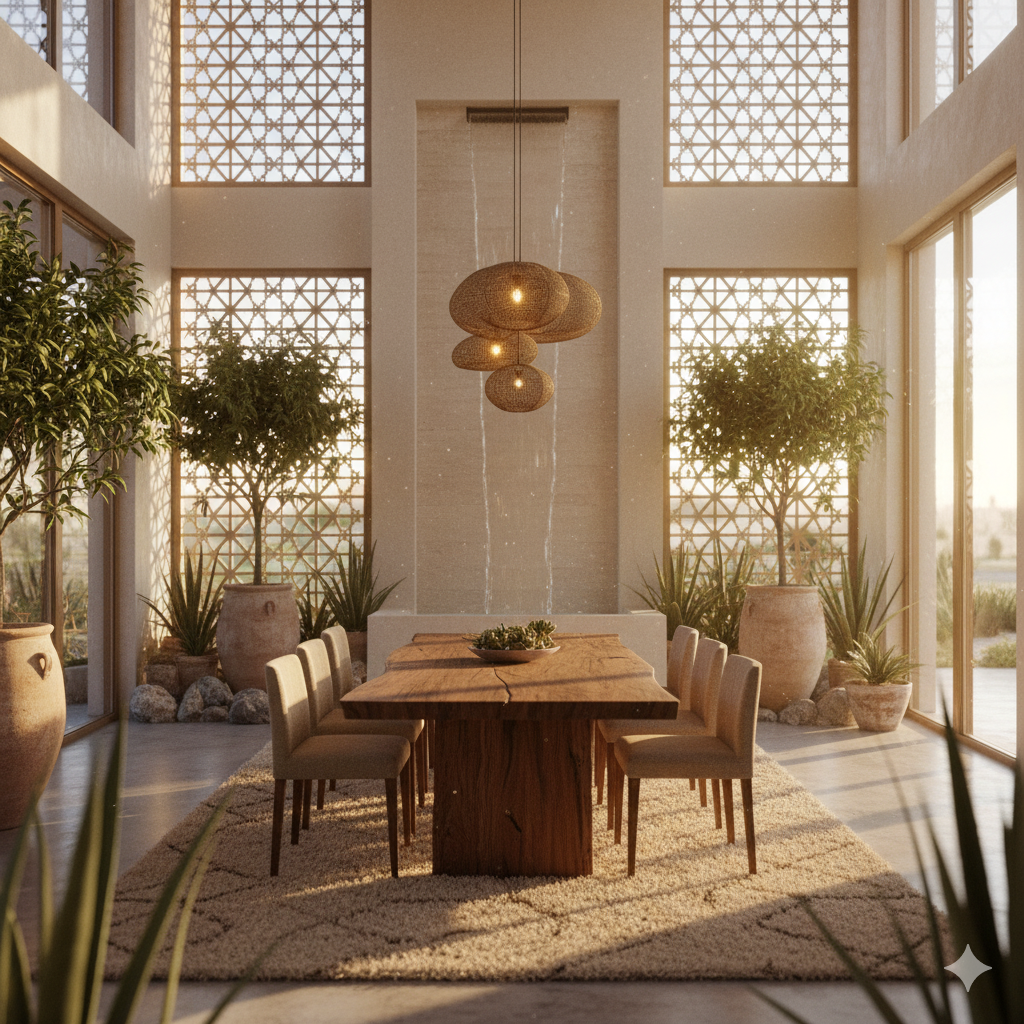
The Invisible Influence — Crafting Atmosphere with Scent
Of all our senses, smell is the most powerfully linked to memory and emotion. A specific fragrance can instantly transport you to another time and place, shaping your mood on a subconscious level. This is the principle behind olfactory design: the intentional use of scent as an invisible layer of architecture.
You can use “scent zoning” to define the atmosphere of different areas in your home. A welcoming and uplifting scent like bergamot or rosemary might greet you in the entryway, while the bedroom is reserved for calming notes of lavender or chamomile. The bathroom can become a spa-like retreat with clean scents like eucalyptus or mint. Just as luxury hotels develop a signature scent to create a memorable brand identity, you can create one for your home, making it uniquely yours. Leading design magazines like www.dezeen.com have explored how designers are increasingly treating scent as a powerful tool that completes the sensory experience of a space.
This growing focus on non-visual elements like sound and scent marks a significant evolution in luxury design. It is a move toward an “invisible architecture,” where the most impactful elements are those you feel, hear, and smell, rather than just see. This sophisticated approach requires a deep understanding of human psychology and environmental science, moving beyond decoration to create a truly immersive experience.
The Biophilic Imperative — Nature as the Ultimate Luxury
What ties all these sensory threads together? The answer is biophilic design—the idea that humans have an innate need to connect with nature. In a hyper-urban environment, bringing the patterns and processes of nature indoors is not just an aesthetic choice, it is essential for our well-being.
Biophilic design is a holistic, multi-sensory approach. It is the visual connection you get from organic forms and natural materials. It is the thermal comfort provided by breathable plasters that mimic the cool of a cave. It is the auditory calm of a water feature and the tactile sensation of natural wood. In the Middle East, this means adapting these principles to the local climate, using native, drought-tolerant plants and reinterpreting traditional architectural elements like mashrabiya screens to provide shade and dappled light. The psychological benefits are well-documented and, according to research in publications, can lead to reduced stress and enhanced creativity. Publications consistently showcase projects that masterfully blend these principles, creating homes that are both globally relevant and deeply rooted in their local context. This global trend, covered by outlets from www.elledecor.com to the www.ijdesign.org, confirms that connecting with nature is the new standard of luxury living.
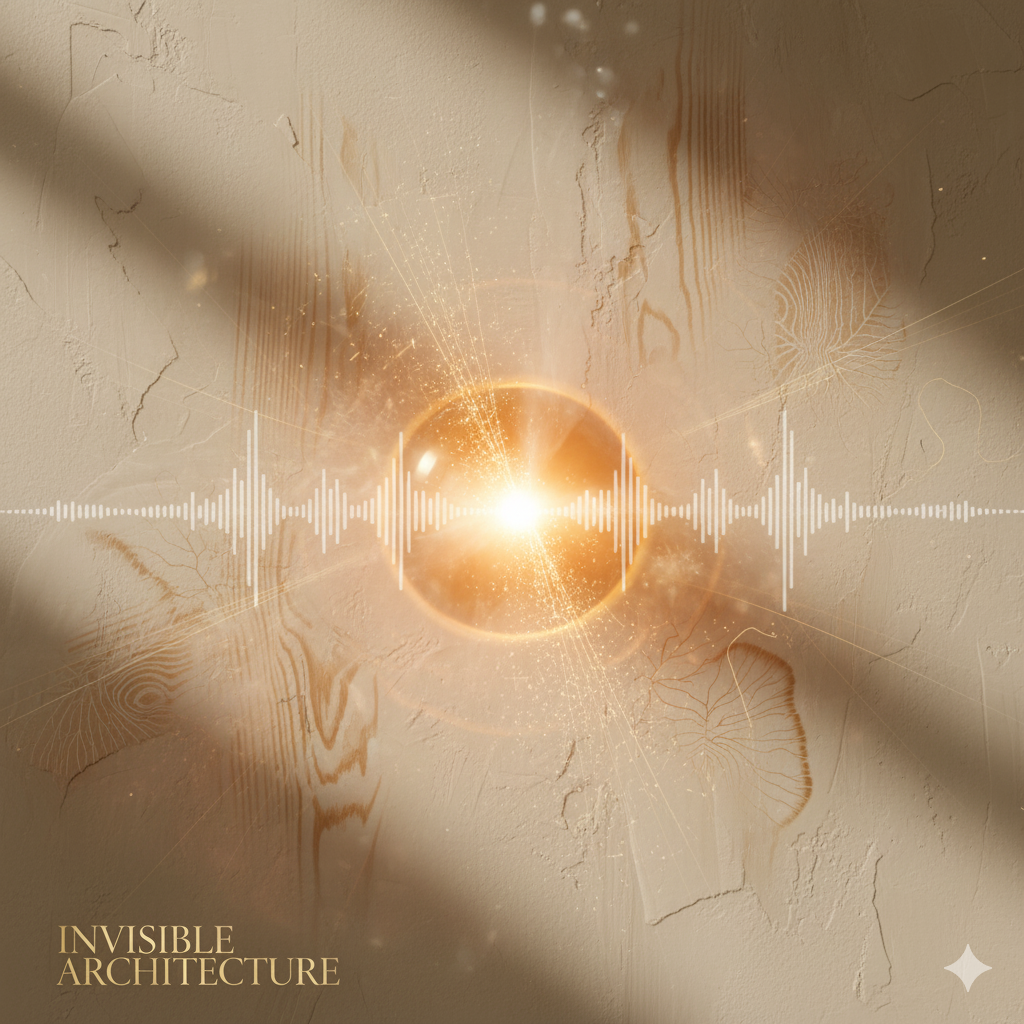
The Five Senses of a Wellness-Focused Home
| Sensory Modality | Design Principle | Materials & Techniques | Psychological Impact |
| Touch (Tactile) | Material Authenticity | Raw wood, burnished metals, natural stone, limewash plaster, pure linen, velvet. | Grounding, comfort, connection to nature, sense of permanence and quality. |
| Sight (Visual) | Biophilic Forms & Light | Organic curves, natural color palettes, dynamic and layered lighting, views of nature, patterns that mimic nature. | Calmness, reduced stress, improved mood, regulation of circadian rhythms. |
| Sound (Auditory) | Acoustic Comfort | Sound-absorbing textiles (rugs, curtains), wood paneling, soft furnishings, spatial planning to reduce echo. | Tranquility, improved focus, reduced anxiety, creation of a private sanctuary. |
| Smell (Olfactory) | Ambient Scenting | Essential oil diffusers, scented candles, natural materials (cedar, leather), fresh flowers, herbs. | Mood enhancement, memory evocation, stress reduction, defining spatial character. |
| Taste (Gustatory) | Integrated Nature | Indoor herb gardens, integrated kitchen design with fresh produce displays, water purification systems. | Connection to nourishment, promoting healthy living, sense of self-sufficiency. |
A Home That Nurtures
The new frontier of luxury home design in Abu Dhabi is not about static beauty. It is about creating dynamic, responsive environments that actively contribute to your well-being. The focus has shifted from opulence to intentionality, from simply owning a beautiful space to inhabiting a home that is crafted to shape positive emotional connections. Your home can and should be a sanctuary—a place that restores your energy and shields you from the high-stress pace of modern urban life.
Creating a home that engages every sense is a complex art. It requires a deep understanding of materials, human psychology, and architectural science. It is this holistic expertise that defines the work of Solomia Home, turning luxury residences into deeply personal sanctuaries that don’t just house you, but actively nurture you.
